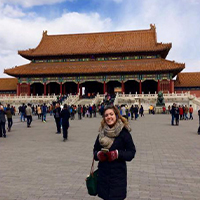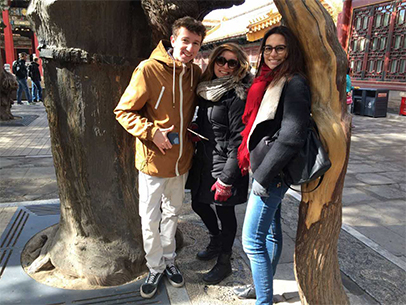Beijing Facts
Beijing stands at the northern tip of the North China Plain. Beijing lies at approximately the same latitude as Philadelphia in the U.S. and Madrid in Spain. The city is 39% flat land and the other 61% is quite mountainous area.
Greater Beijing has an area of 16,808 sq km.
Beijing Standard Time is 8 hours ahead of Greenwich Mean Time, and 13 hours ahead of New York time.
22 million (2017), half of the people live on the outskirt of the city.



With a population of 1.3 billion, China is the second largest economy. Its GDP growth has averaged nearly 10 percent a year—the fastest sustained expansion by a major economy in history, and has remained the largest contributor to world growth since the global financial crisis of 2008.
Beijing is the capital of the People's Republic of China. It is not only the nation's political center, but also its cultural, scientific and educational heart as well as a key transportation hub. Beijing has served as a capital of the country for more than 800 years.
The city has many places of historic interest and scenic beauty, including the Forbidden City --- the largest and best-preserved ancient architectural complex in the world; the Temple of Heaven where Ming and Qing emperors performed solemn rituals for bountiful harvests; the Summer Palace --- the emperors' magnificent garden retreat; and the world-renowned and genuinely inspiring Badaling section of the Great Wall. The city also boasts extravagant building projects as host of the 2008 Olympic Games, such as the "Bird’s Nest", the world eye-catcher stadium and "Water Cube", the largest natatorium of the world so far. Beijing is home to the headquarters of 52 Fortune 500 companies in 2016, outnumbering any other city in the world for the third consecutive year. It is a truly dynamic city where the old and new intermingle.



